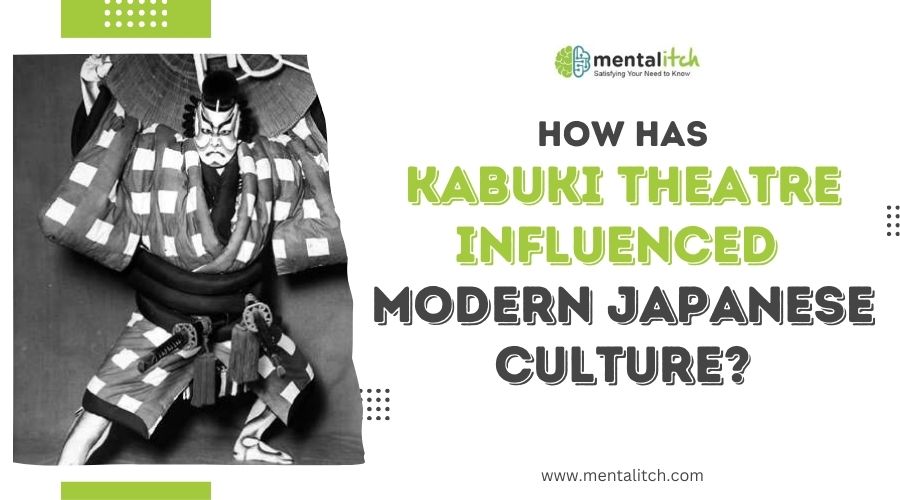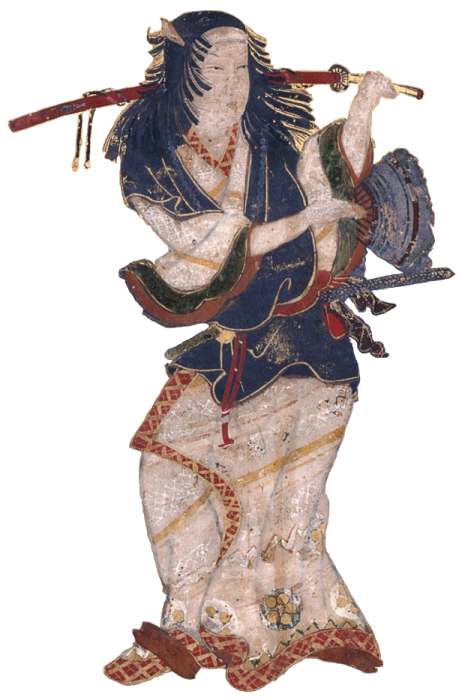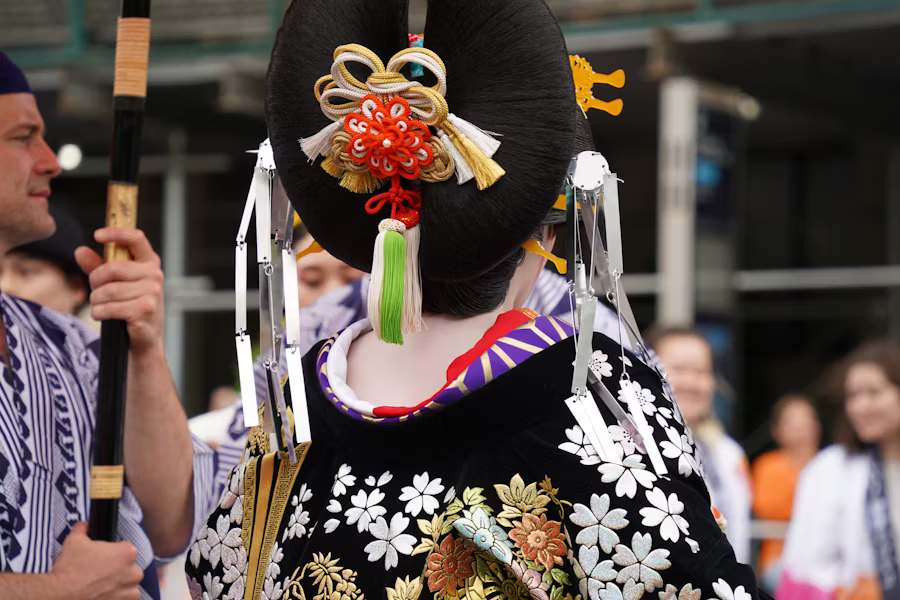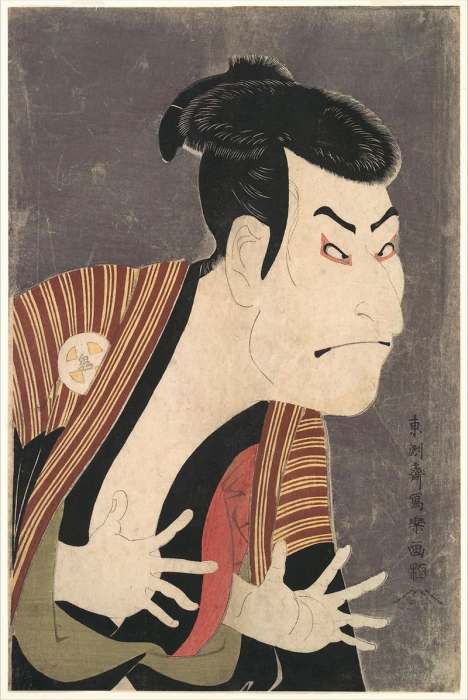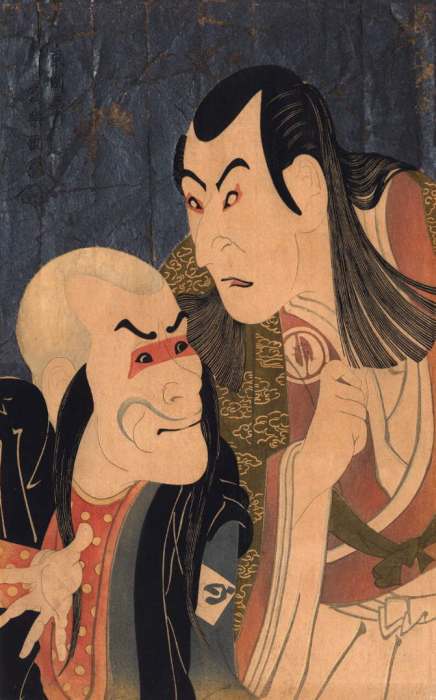Have you ever wondered how traditional arts shape the world we live in today? Well, grab a cup of tea and settle in, because we’re about to take a fascinating journey through the vibrant world of Kabuki Theatre and its undeniable influence on modern Japanese culture. Imagine a world where dramatic storytelling, elaborate costumes, and expressive performances are not just entertainment but a way of life that echoes through generations. That’s the magic of Kabuki! It’s not just a theatrical form; it’s a cultural phenomenon that has woven its way into the fabric of Japan’s contemporary scene. From fashion trends to pop culture and beyond, Kabuki Theatre continues to leave its mark, proving that some traditions have the power to transcend time and remain relevant in the hustle and bustle of the 21st century.
Ready to see how?
Let’s get started!
The Birth of Kabuki
Let’s hit the rewind button and zoom back to the Edo period in Japan, a time when Kabuki Theatre first strutted onto the cultural stage. Picture this: the early 1600s, a world without Netflix or TikTok, where entertainment meant live performances that captivated the masses. Kabuki popped up as the cool new kid on the block, offering something fresh and exciting. Its founder? A woman named Izumo no Okuni, who started a performing troupe that was all the rage. But Kabuki wasn’t just a fleeting fashion; it evolved, grew, and became a staple of Japanese culture.
The Spice of Kabuki: Music, Dance, Costumes, and Makeup
Think of Kabuki as a cake with several delicious layers. The first layer? Music that grabs you and doesn’t let go, paired with dance moves that tell a story all by themselves. Next, add a layer of elaborate costumes so detailed and vibrant they’d put any haute couture runway to shame. And the cherry on top? Makeup so bold and transformative, it turns actors into living, breathing artworks. This mix wasn’t just entertainment; it was an art form that dazzled and moved audiences, making every performance unforgettable.
Kabuki and Edo Society: A Match Made in Cultural Heaven
Kabuki wasn’t just a show; it was a mirror reflecting Edo society, with all its hopes, dreams, and dramas. It was the talk of the town, accessible to everyone from samurai to shopkeepers, proving that a good story well told has universal appeal. Through times of change and upheaval, Kabuki remained a constant, a beloved tradition that adapted yet stayed true to its roots. It was, and still is, a testament to the enduring power of storytelling and its ability to connect us across time.
Influence on Contemporary Media
Imagine if Kabuki, the grandmaster of traditional Japanese theater, decided to take a walk through modern Japan. It wouldn’t just stroll; it would leave footprints all over contemporary media, from theater to film. Modern Japanese theater often tips its hat to Kabuki, borrowing the expressive acting and eye-catching visuals. And films? They’re like Kabuki’s grandkids, telling stories with a flair for drama and visual spectacle that can trace their roots back to the grand old stages of Edo.
Storytelling with a Twist
Now, let’s talk about storytelling. Kabuki was doing plot twists and complex narratives long before they became mainstream in Hollywood. Modern storytellers often nod to Kabuki’s techniques, weaving tales that pull audiences in with dramatic turns and character arcs reminiscent of the theater’s legends. It’s like Kabuki whispered in the ears of filmmakers, teaching them how to keep viewers on the edge of their seats.
Kabuki Goes Anime
And then there’s anime and manga. If you’ve ever seen an anime character strike a dramatic pose or wear an outfit that screams “I’m here to make a statement,” you’ve seen Kabuki’s influence. The over-the-top expressions, the battles of wills, the moral dilemmas—all have echoes of Kabuki. It’s like Kabuki decided to jump into the pages of manga and the frames of anime, bringing its dramatic DNA to a whole new generation.
Aesthetic Echoes in Anime and Manga
The visual feast of Kabuki, with its vibrant costumes and striking makeup, lives on in the bold lines and colors of popular anime and manga. Themes of honor, loyalty, and the epic struggle between good and evil that were staples of Kabuki drama find new life in these contemporary stories. It’s as if anime and manga artists channel the spirit of Kabuki’s visual storytelling, creating worlds that dazzle our eyes and stir our hearts.
Fashion and Aesthetics: Kabuki’s Couture Legacy
The influence of Kabuki’s elaborate costumes and makeup has sashayed its way into Japanese fashion, leaving a trail of drama and flair. These aren’t just outfits; they’re statements, bold declarations of style that owe a nod to the theatrical. It’s as if the ghosts of Kabuki performers decided to become fashion icons, inspiring designers to push the boundaries of creativity.
Next time you’re strolling through Tokyo’s trendiest districts, keep your eyes peeled for Kabuki’s influence on street fashion. It’s there in the oversized prints, the theatrical makeup touches, and the accessories that seem to shout rather than whisper. Kabuki has taught the youth of Japan that fashion is not just about clothing; it’s about performance, identity, and daring to stand out from the crowd. It’s street fashion with a plot twist, courtesy of the grand old world of Japanese theatre.
And let’s not forget the makeup! Kabuki’s bold face paint has left its mark on beauty standards and makeup trends across Japan. Those striking lines and whitened faces have inspired makeup artists to experiment with bold contours and dramatic highlights. It’s as if the Kabuki mask has been reimagined for the 21st century, influencing beauty trends that celebrate uniqueness and artistry over conventional beauty norms.
Music and Performing Arts: Kabuki’s Melodic Influence
Those traditional instruments that once provided the soundtrack for Kabuki dramas are now finding their way into modern music compositions. Instruments like the shamisen, taiko drums, and flute are popping up in everything from J-pop to ambient tracks. It’s like they’re saying, “Who says old can’t be new?” These sounds add a layer of richness and depth to music, bridging the gap between centuries and proving that some vibes are timeless.
The spirit of Kabuki is all about collaboration and innovation, and that ethos has inspired some pretty cool cross-genre performances. Imagine a rock band with a shamisen player, or an EDM track sampling Kabuki vocals. Sounds wild, right? These collaborations are not just experiments; they’re conversations between the past and the present, creating something entirely new yet familiar. It’s like Kabuki decided to crash the modern music party, and everyone’s invited.
By weaving traditional elements into contemporary music, artists are not just paying homage to a rich cultural heritage; they’re keeping it alive and kicking for new generations to appreciate and enjoy. In the end, Kabuki’s melodic legacy shows us that music, much like culture, is a living, evolving art form that thrives on innovation and collaboration.
Visual Arts and Design: The Kabuki Canvas
In the world of painting and sculpture, Kabuki’s presence is felt through recurring themes and motifs. Think bold expressions, dynamic movements, and a flair for the dramatic that captures the essence of human emotion and the complexities of life. These works of art don’t just sit pretty; they speak, they emote, they captivate, echoing the theatrical performances that inspired them.
Kabuki’s legacy in visual arts and design proves that the theater’s impact isn’t confined to the stage. It’s a force that shapes creativity, inspires artists and designers to push boundaries, and reminds us that at the heart of all great art is the power to move and be moved. In every brush stroke and design choice influenced by Kabuki, there’s a piece of history, a dash of drama, and a timeless appeal that keeps the spirit of the theater alive and kicking in the visual tapestry of Japan.
Pop Culture and Entertainment: Kabuki’s Digital Debut
In the digital realm, video games and media often borrow Kabuki themes, injecting stories with that unmistakable blend of drama, conflict, and over-the-top characters. It’s like Kabuki has donned a virtual costume, ready to take gamers on an epic journey through history, fantasy, and beyond. Imagine battling alongside samurai warriors or solving puzzles in a Kabuki-themed world—these games aren’t just fun; they’re a nod to cultural heritage.
When it comes to Japanese festivals and tourism, Kabuki plays its part like a star on the red carpet. Festivals across Japan celebrate Kabuki with performances, parades, and exhibitions that bring the magic of the theater to the streets. It’s a chance for locals and tourists alike to get a taste of traditional drama, up close and personal.
But Kabuki’s influence isn’t just a home game; it’s gone global, playing a leading role in international cultural exchange. From Broadway to the West End, elements of Kabuki theater have inspired productions around the world, showcasing the universality of its themes and the timeless appeal of its stories. Kabuki festivals and tours abroad serve as cultural ambassadors, introducing audiences worldwide to the spectacle and beauty of Japanese theater. It’s like Kabuki’s on a world tour, and everyone’s invited to the show.
Conclusion: The Timeless Echo of Kabuki Theatre
From the dramatic stages of the Edo period to the bustling streets of contemporary Japan, Kabuki has danced its way into the heart of pop culture, fashion, visual arts, and beyond, leaving an indelible mark that continues to inspire and influence.
Whether it’s through the dramatic flair seen in video games, the bold aesthetics in fashion, the storytelling prowess in cinema, or its celebratory presence in festivals and global exchanges, Kabuki remains a living, breathing part of Japan’s cultural identity. Kabuki Theatre, with its rich heritage and enduring appeal, stands as a beacon of creativity, a bridge connecting the past and the present, and a vibrant testament to the enduring power of culture to inspire, entertain, and unite.
